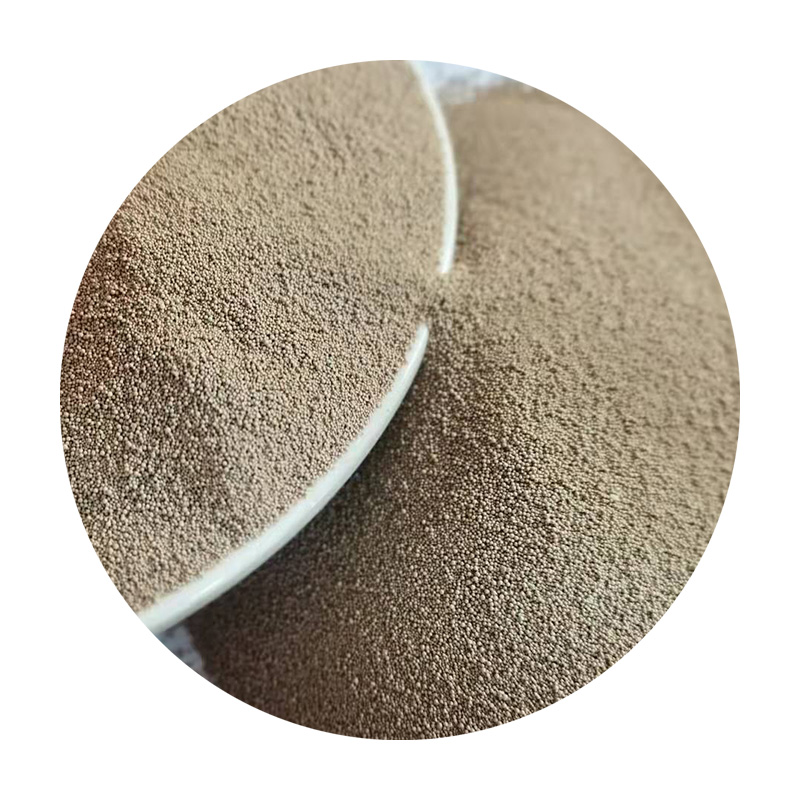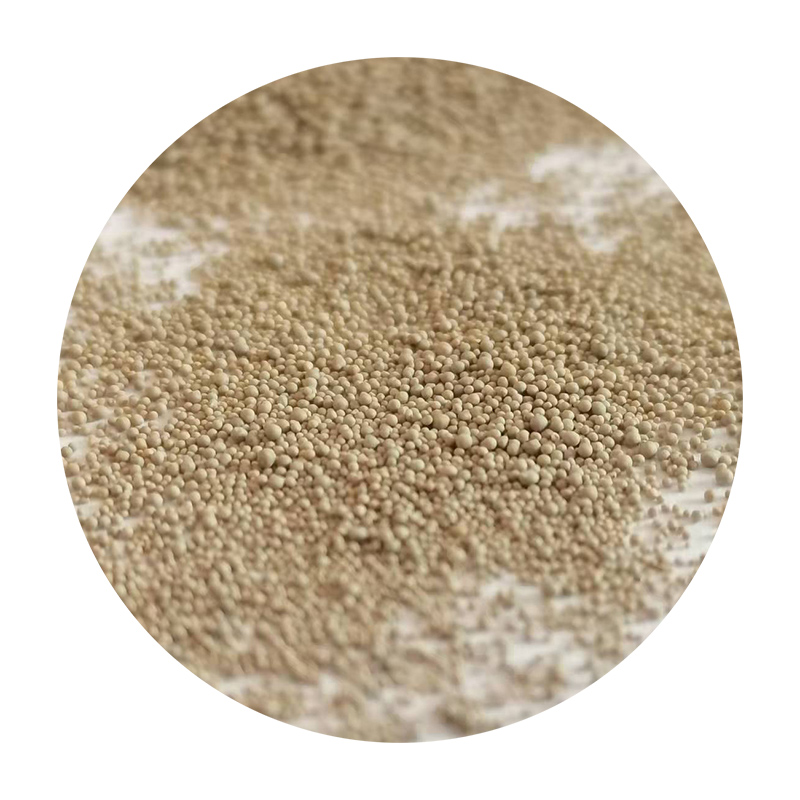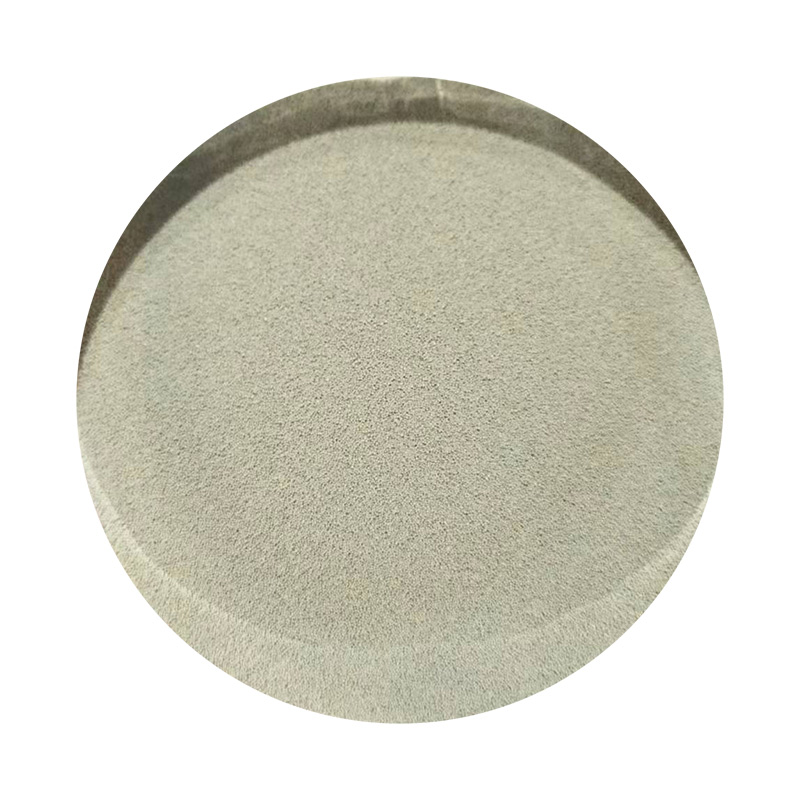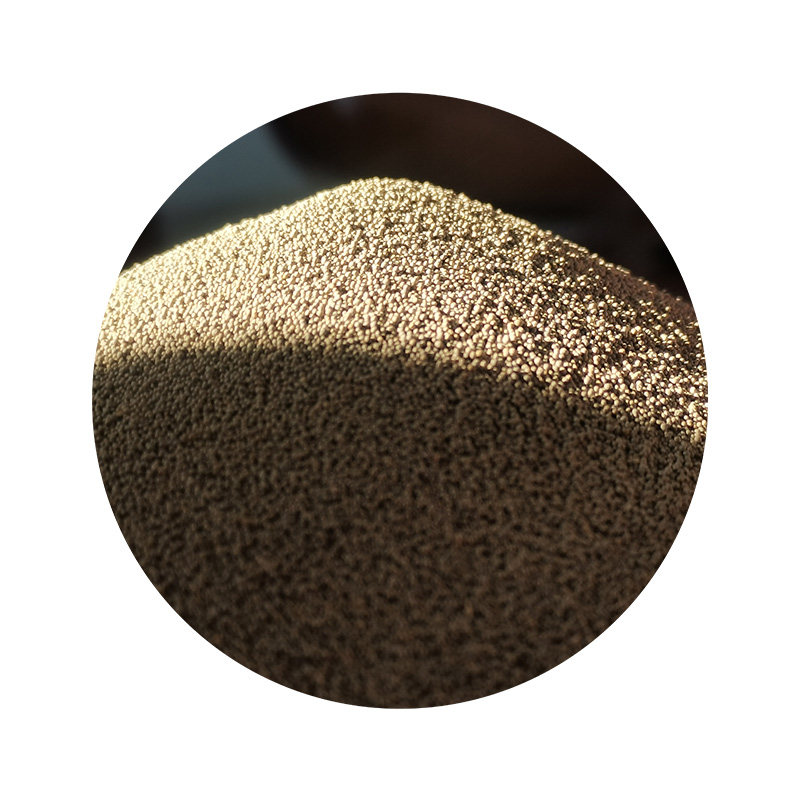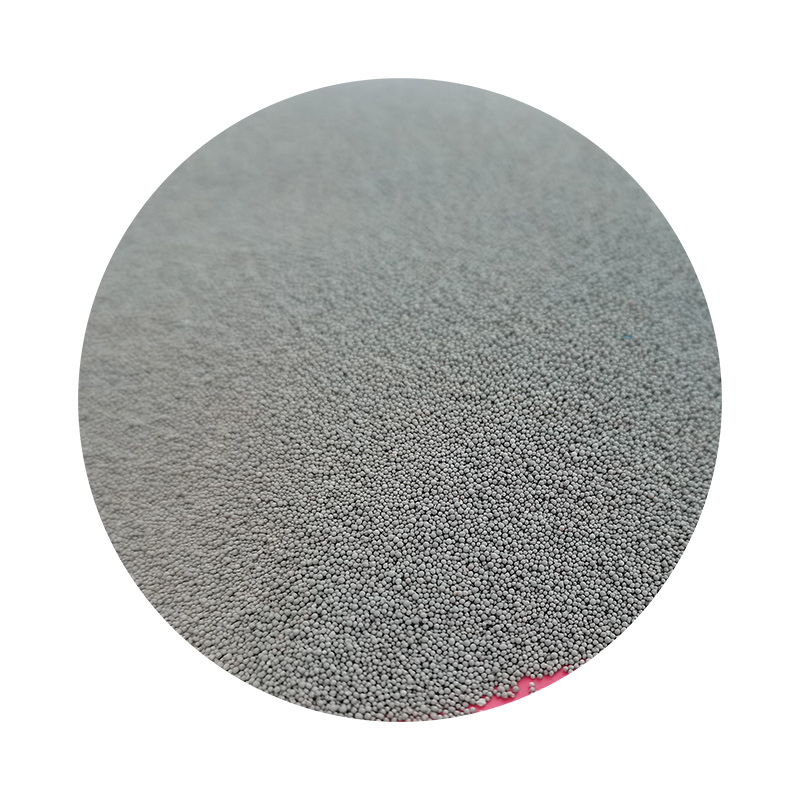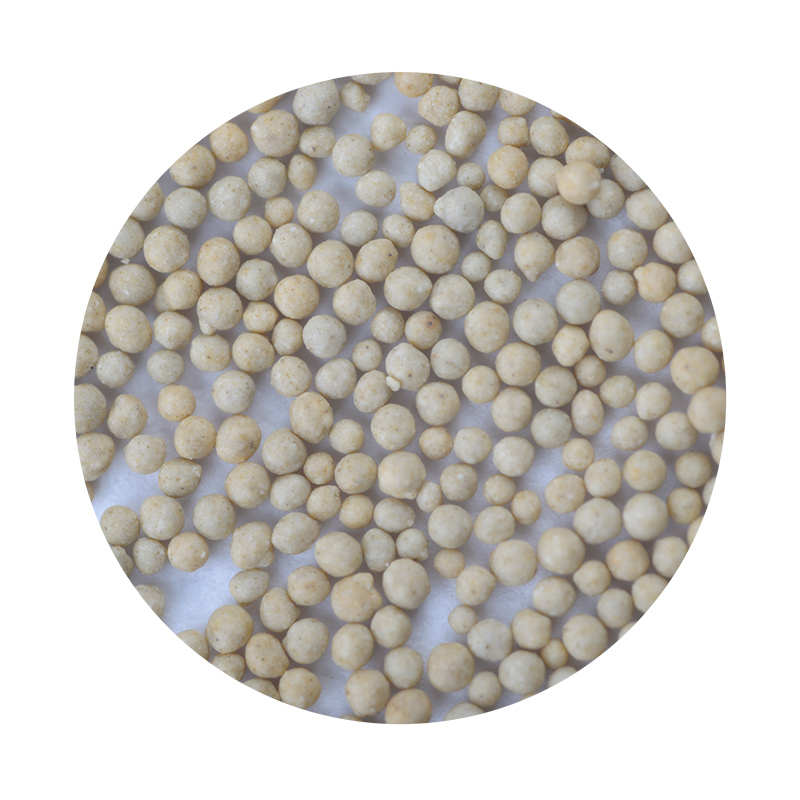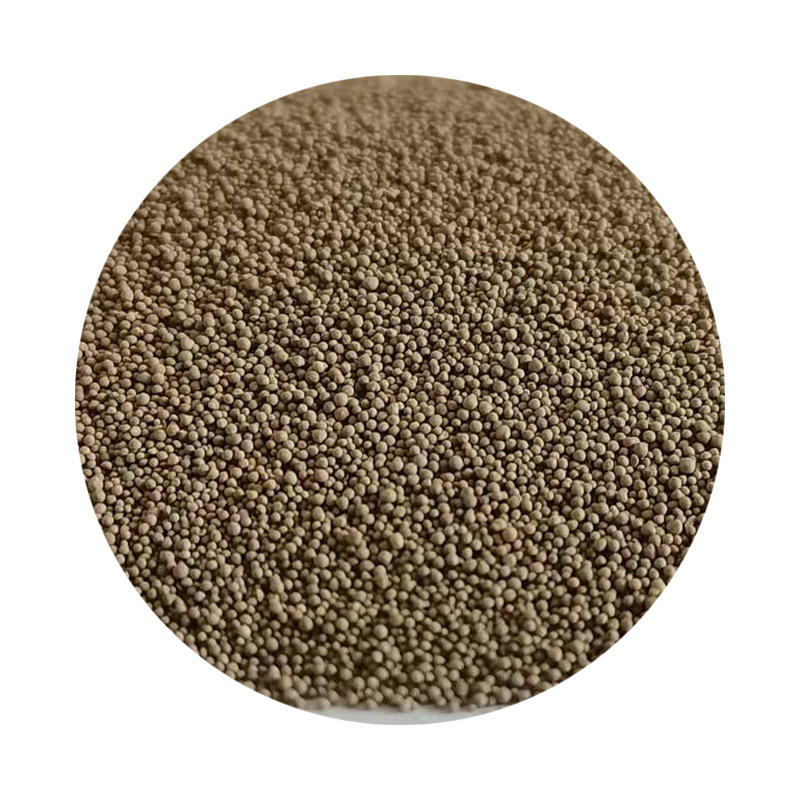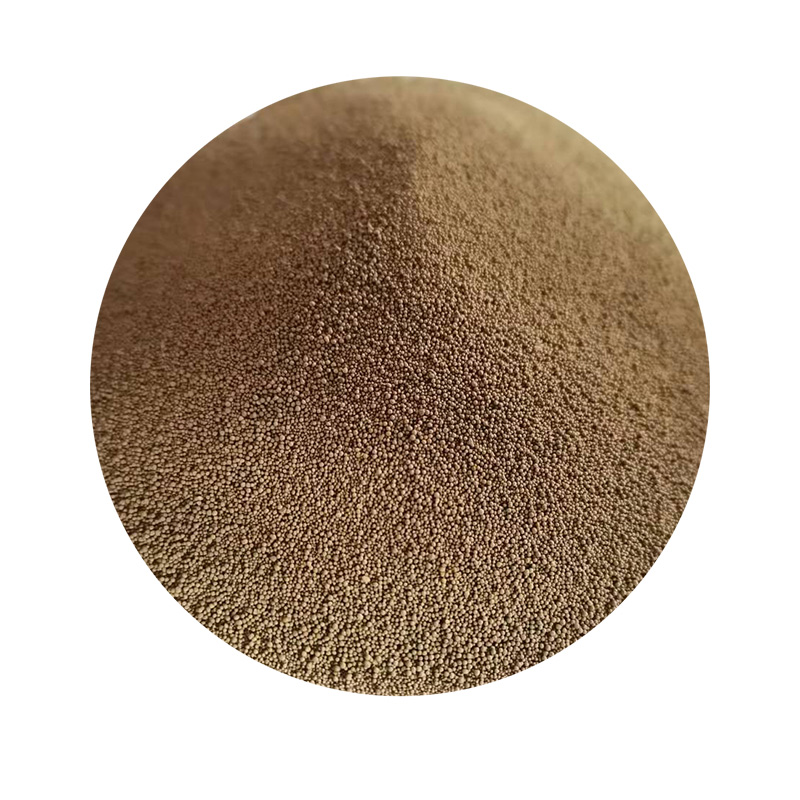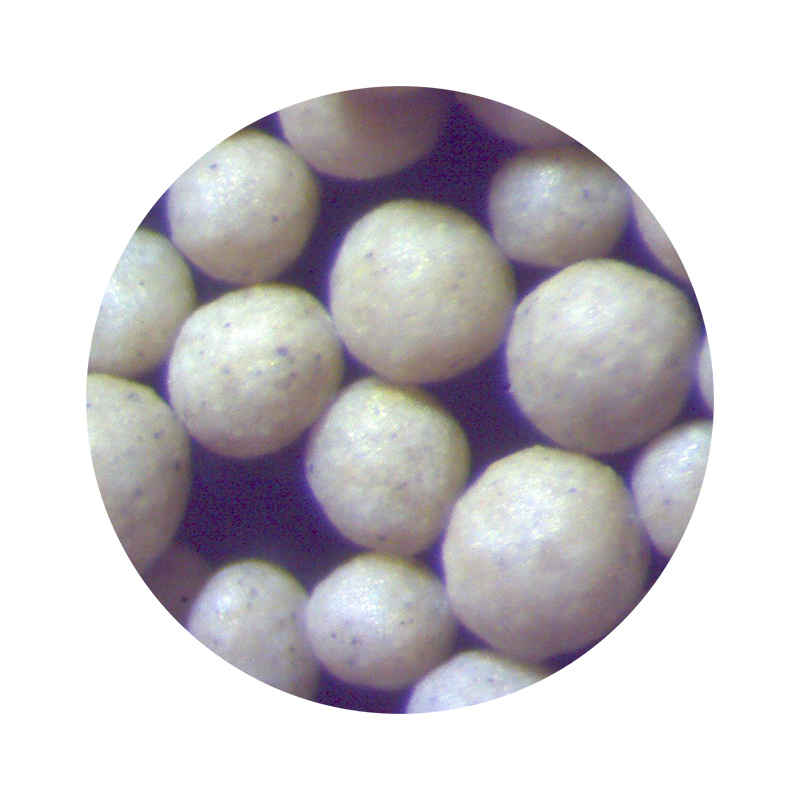
- Afrikaans
- Albanian
- Amharic
- Arabic
- Armenian
- Azerbaijani
- Basque
- Belarusian
- Bengali
- Bosnian
- Bulgarian
- Catalan
- Cebuano
- China
- China (Taiwan)
- Corsican
- Croatian
- Czech
- Danish
- Dutch
- English
- Esperanto
- Estonian
- Finnish
- French
- Frisian
- Galician
- Georgian
- German
- Greek
- Gujarati
- Haitian Creole
- hausa
- hawaiian
- Hebrew
- Hindi
- Miao
- Hungarian
- Icelandic
- igbo
- Indonesian
- irish
- Italian
- Japanese
- Javanese
- Kannada
- kazakh
- Khmer
- Rwandese
- Korean
- Kurdish
- Kyrgyz
- Lao
- Latin
- Latvian
- Lithuanian
- Luxembourgish
- Macedonian
- Malgashi
- Malay
- Malayalam
- Maltese
- Maori
- Marathi
- Mongolian
- Myanmar
- Nepali
- Norwegian
- Norwegian
- Occitan
- Pashto
- Persian
- Polish
- Portuguese
- Punjabi
- Romanian
- Russian
- Samoan
- Scottish Gaelic
- Serbian
- Sesotho
- Shona
- Sindhi
- Sinhala
- Slovak
- Slovenian
- Somali
- Spanish
- Sundanese
- Swahili
- Swedish
- Tagalog
- Tajik
- Tamil
- Tatar
- Telugu
- Thai
- Turkish
- Turkmen
- Ukrainian
- Urdu
- Uighur
- Uzbek
- Vietnamese
- Welsh
- Bantu
- Yiddish
- Yoruba
- Zulu
Ceramic casting sand for sand 3d printing
Kaist sintered Ceramic sand, which is the same products with Ceratec’s Nagai Cerabeads, are a type of premium ceramic foundry sand used to create molds and cores for metal casting high-value products in the automotive, oil & gas, mining and construction industries. That includes cylinder blocks and hydraulic valves, as well as pumps, impellers and tools. Kaist artificial sand are made of mullite crystals with extremely stable quality. They are produced by firing spherical granules, not by crushing them.
As the sand 3D printing raw material, now our partners have ExOne, Voxeljet, KOCEL, etc. most
Ceramic Sand Property
| Main Chemical Component | Al₂O₃≥53%, Fe₂O₃<4%, TiO₂<3%, SiO₂≤37% |
| Grain Shape | Spherical |
| Angular Coefficient | ≤1.1 |
| Partical Size | 45μm -2000μm |
| Refractoriness | ≥1800℃ |
| Bulk Density | 1.5-1.6 g/cm3 |
| Thermal Expansion(RT-1200℃) | 4.5-6.5x10-6/k |
| Color | Sand |
| PH | 6.6-7.3 |
| Mineralogical Composition | Mullite + Corundum |
| Acid Cost | <1 ml/50g |
| L.O.I. | <0.1% |
Advantage
Kaist ceramic foundry sand is about half as light as zircon and chromite, is about third as light as fused ceramic sand. Compared to these natural sand and other foundry media (the material is able to turn out about twice the number of molds per unit weight). Kaist ceramic foundry sand can deliver mold and core packages with a range of benefits that include higher-strength sand casting packages, with high heat resistance, low thermal expansion, improved final part resolution and a smoother surface finish. It can also be handled very easily, saving labor and transfer power costs. However, the manufacturer recommends paying attention to the amount of binder addition.
Application
Using Kaist ceramic foundry sand also reduces waste and dust, with high reclamation value of the materials. In addition, Kaist ceramic foundry sand are already in use at more than 100 foundries worldwide; they can be used in traditional mold-making processes to deliver high-quality results with a range of metals, including steels (low-alloy, carbon, and stainless), iron (gray, ductile), aluminum, and other metals where tight control and surface finish is desired.
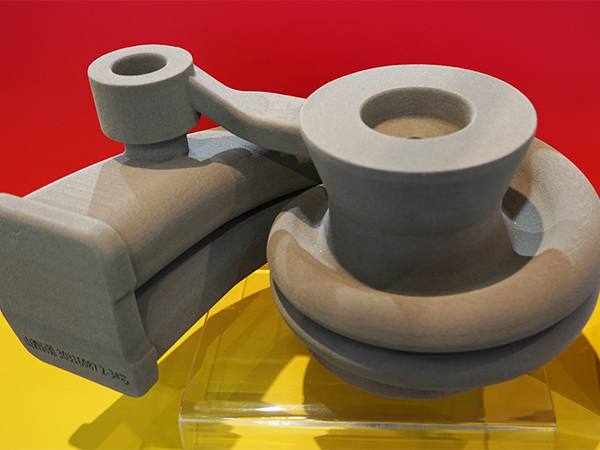
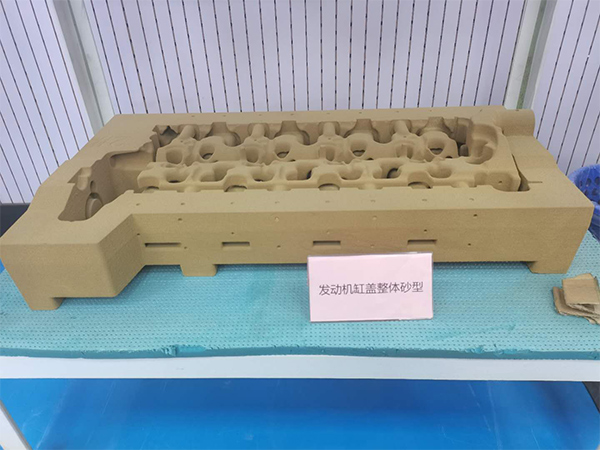
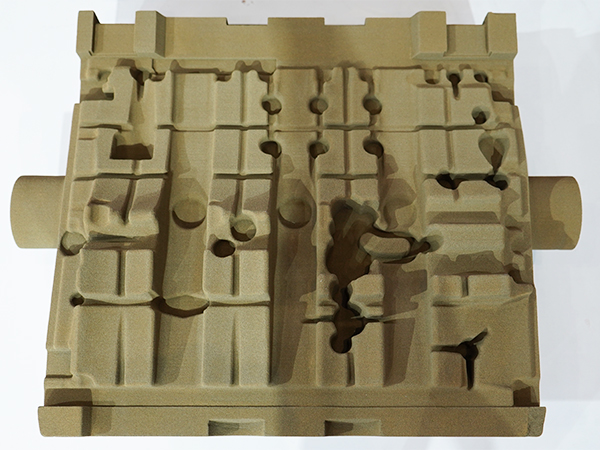
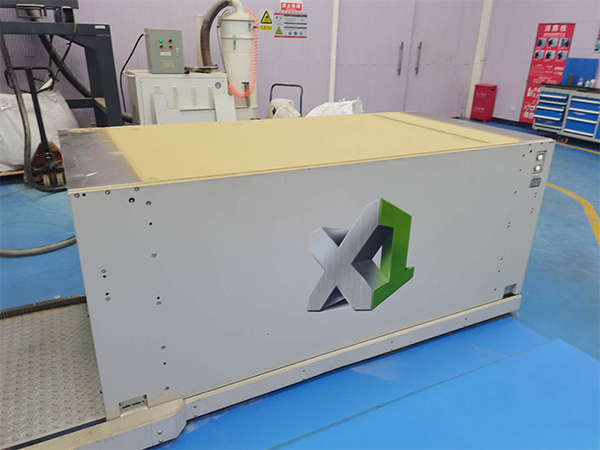
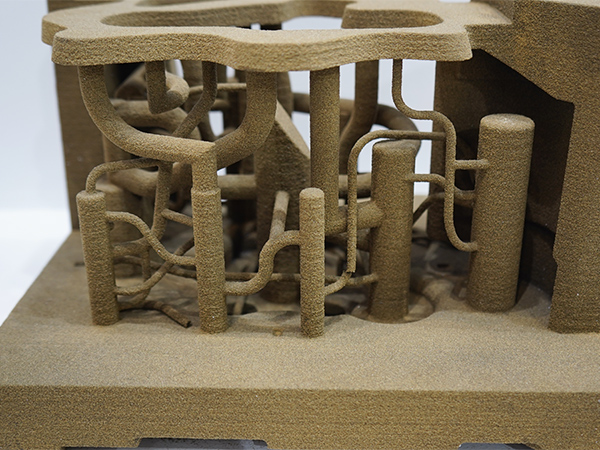
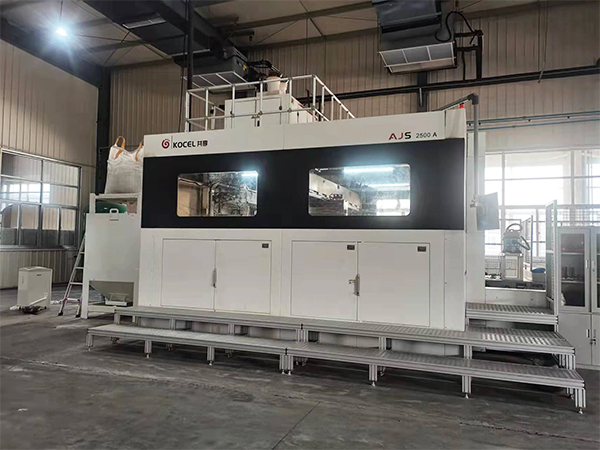
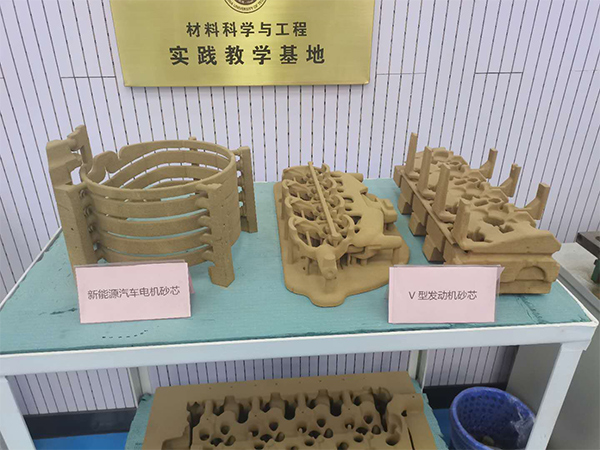
Parts of Particle size Distribution
The particle size distribution can be customized according your requirement.
|
Mesh |
20 | 30 | 40 | 50 | 70 | 100 | 140 | 200 | 270 | Pan | AFS | |
|
μm |
850 | 600 | 425 | 300 | 212 | 150 | 106 | 75 | 53 | Pan | ||
| Code | 70/140 | ≤5 | 25-35 | 35-50 | 8-15 | ≤5 | ≤1 | 65±4 | ||||
| 140/70 | ≤5 | 15-35 | 35-50 | 20-25 | ≤8 | ≤2 | 70±5 | |||||
| 100/200 | ≤10 | 20-35 | 35-50 | 15-20 | ≤10 | ≤2 | 110±5 | |||||
Products categories
